Beitzah. 16a-b.
1- Our Gemara discusses the food items one can use for Eiruv Tavshilin. Since the Eiruv obviously needs to be edible, our Gemara discusses foods which were cooked by a goy.
The example used is a food that may or may not be permitted to eat because it was cooked by a goy. For Example: ‘Salty small fish’: They can be eaten raw and they are not served at a ‘king’s table’. Thus there is no בישול עכו”ם.

2 – The parameters of בישול עכו”ם are:
- The item cannot be eaten raw.
- The food needs to be of importance, i.e. not a snack which is not served at official functions.
Such items, if cooked by a goy are considered בישול עכו”ם and prohibited.
So carrots that are consumed raw as well as cooked, are not a problem if cooked by a goy. Also, a cup of tea is no problem since water is used even if not cooked.

We discussed the nature of foods that changed and evolved in history. Does the Halacha also change?
for example, twenty five years ago no one (sane) in the USA ate raw fish. Today, one who does not eat or at least express a liking to Sushi, iz nisht kein mentch…

Another example: Water in the Chernobyl area that was consumed only cooked after the nuclear disaster.
Does this mean that boiled water is prohibited if cooked by a goy? At least in Chernobel?

Potatoes were not considered to be fancy dish in the past. Has it changed today?
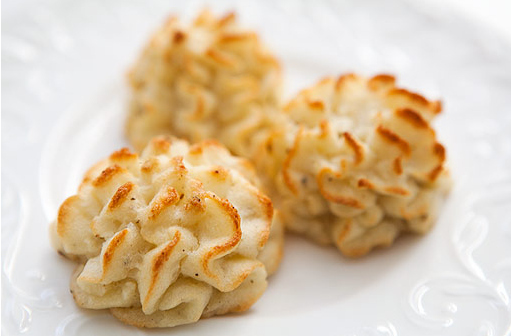
We discussed food items that are generally “cheap foods”- non-fancy but that can be prepared in a manner that would be fit for a “king’s table”. Would that be בישול עכו”ם?
Beer drinking in a bar is very problematic. See שו”ע יו”ד ס קי”ד
Drinking goy-brewed beer at home is ok, either because it is not considered fancy food, or because the cooked hops are ‘botel’ to the water. Ditto for coffee (see note below). Some say the Ari”zal prohibited the drinking of goy-brewed coffee.
Please note: The Ariza”l was talking only about בישול נכרי. He is machmir however most do allow since the bean is botel to the water. Ditto with beer and booze.
But even if there is no בישול נכרי there is still the separate prohibition of drinking all types of beer in a bar or pub.

The Mechaber seems to prohibit all types of alcohol. The Ramo is lenient on booze and says that so is the Minhag.
See here. http://beta.hebrewbooks.org/tursa.aspx?a=yd_x4362
3- We learned the Tosfos that discusses various French cakes and pastries as to what their status is in regard to בישול עכו”ם . Is cake considered a ‘bread’? Kosher Pas Aku”m is permitted. But cake has ingredients (eggs, spices etc.) that are also cooked!

French pastries. https://www.craftsy.com/blog/2014/01/top-ten-best-french-pastries/
4- Our Gemara states that Eiruv Tavshilin needs to be at least a ‘kezayis’.
On the other hand we find a Beraisa that says that Eiruv Tavshilim has no ‘shiur’, implying that even a crumb of food is sufficient.
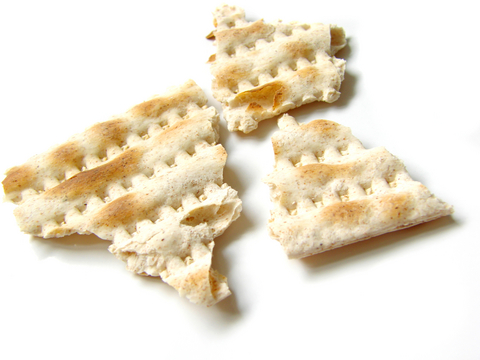
The Gemara answers that ‘no shiur’ means ‘shiur up’ (maximum ceiling) meaning that you can make it as large as you wish. But not ‘shiur down’ meaning that it does have a minimum – which is a kezayis.
We mentioned the Mishna recited every day ‘The following have no shiur: Peah, Bikurim …..and Talmud Torah’.
What does ‘shiur’ mean here? Maximum, minimum or both. The obvious one of great interest is….Talmud Torah!
We know that there is no maximum one needs and can study. But is there a minimum? Perhaps not.
See here a lengthy explanation by the Tzemach Tzedek.



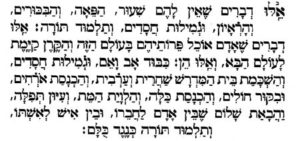

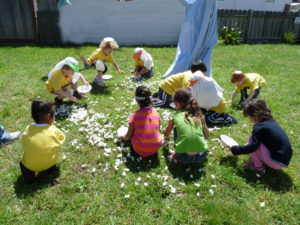
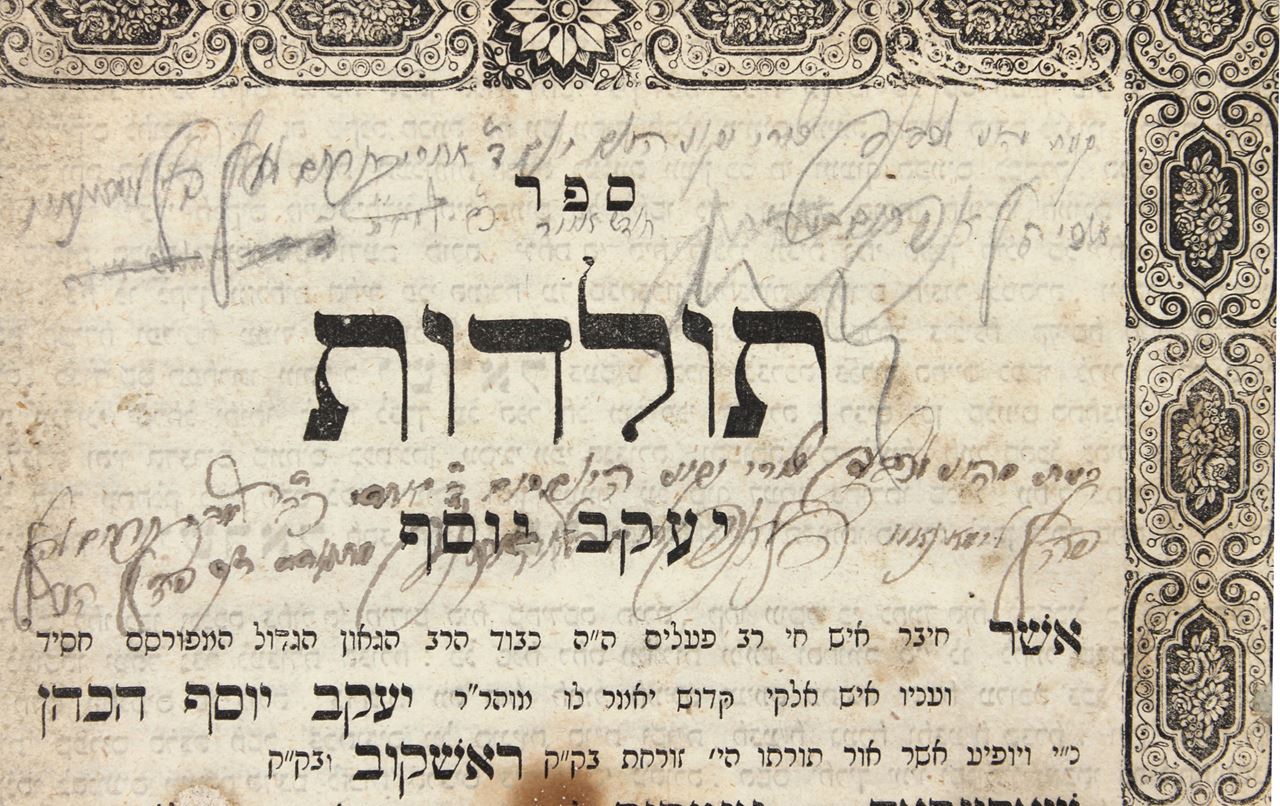




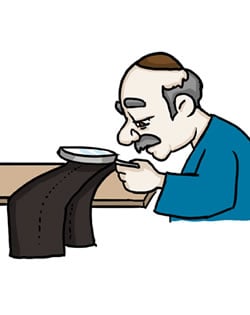

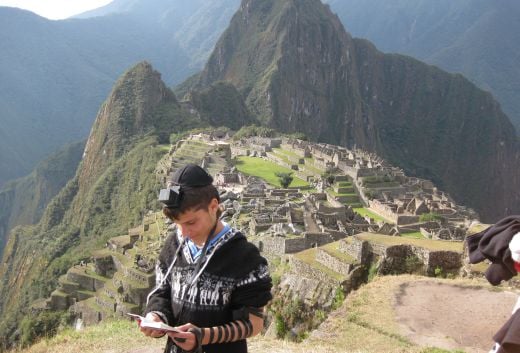

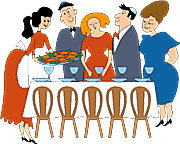
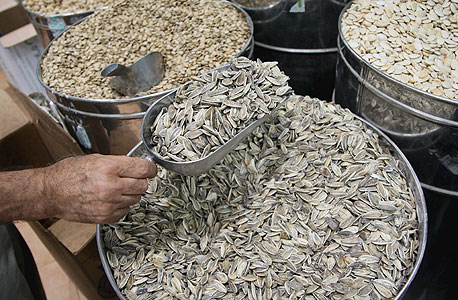
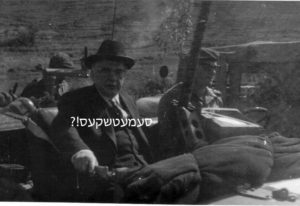

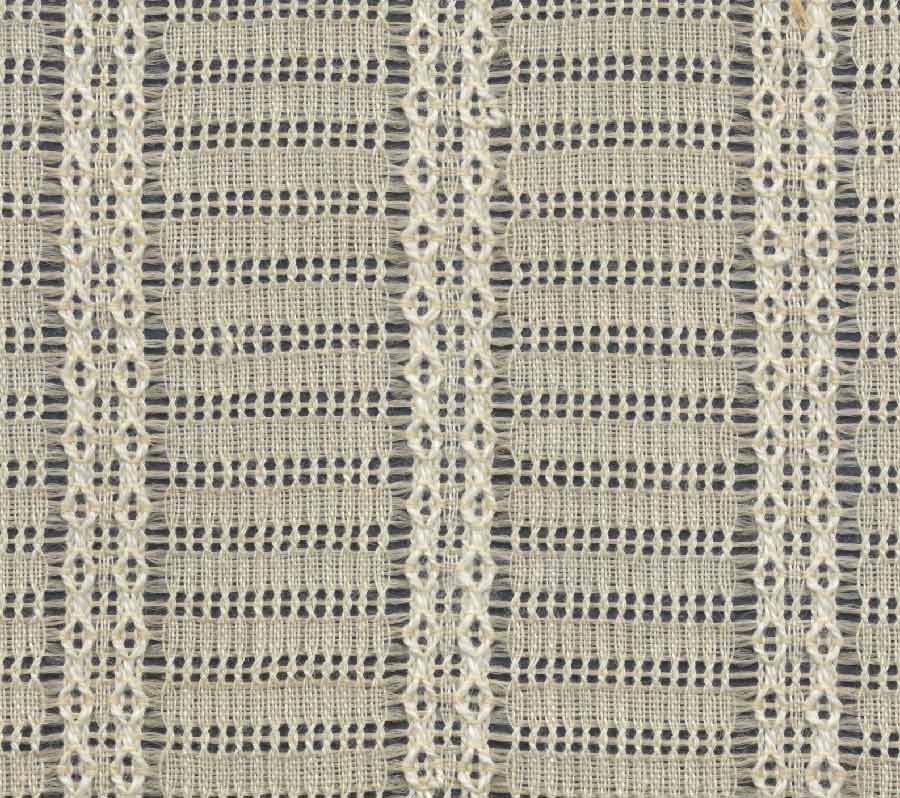
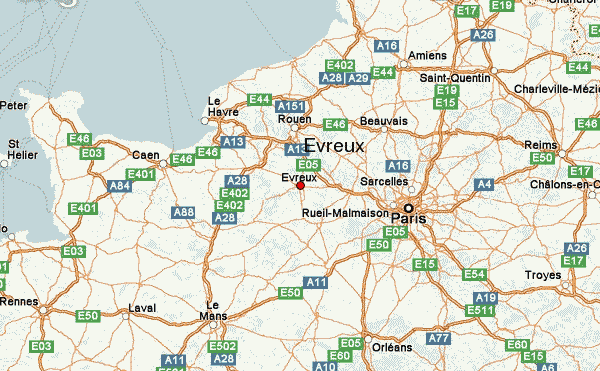






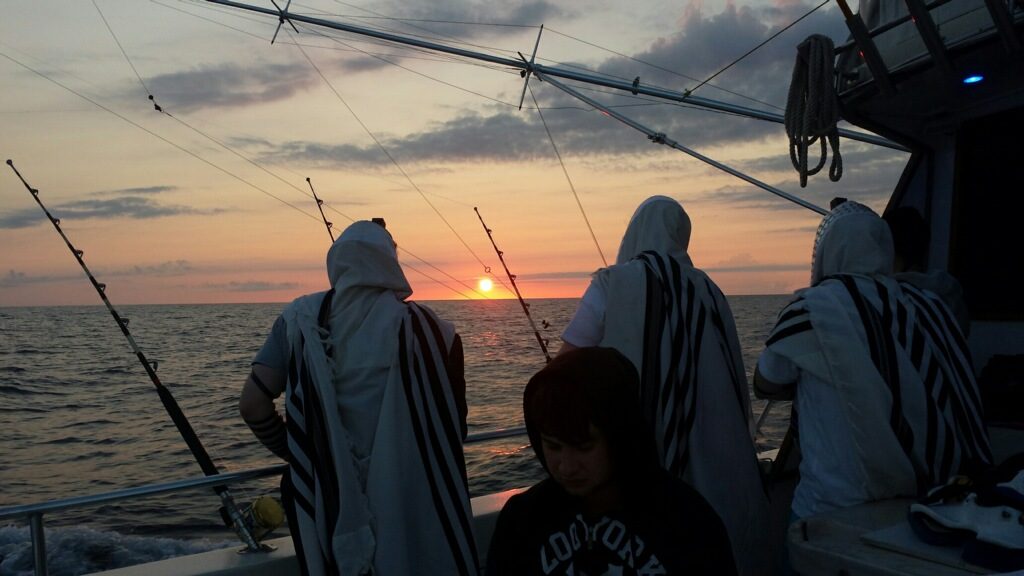
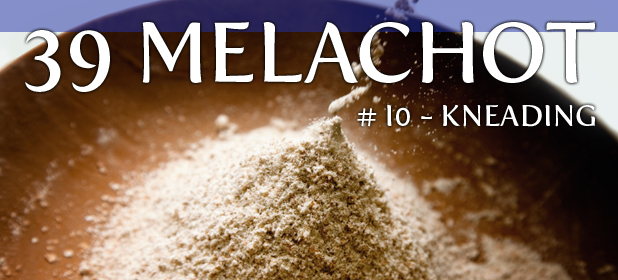
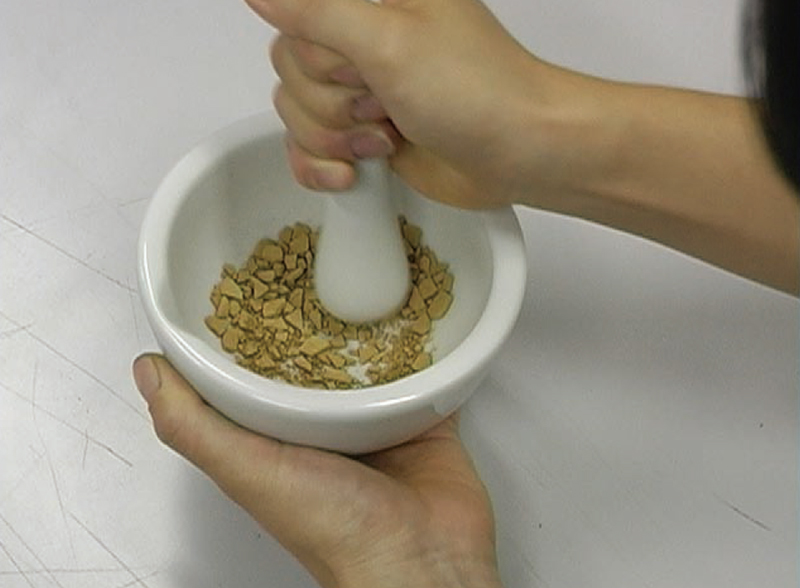

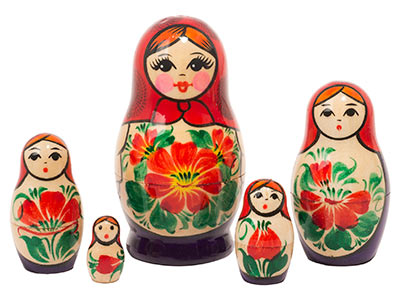

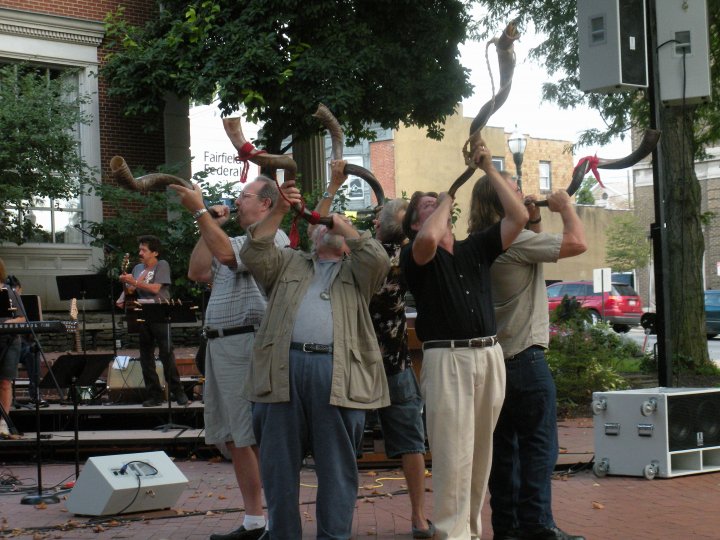

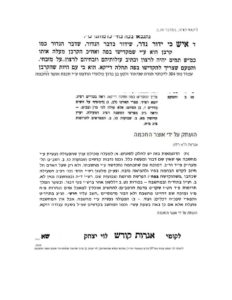
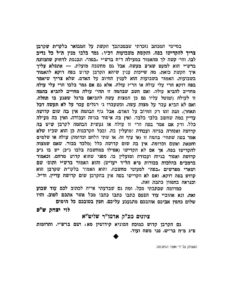
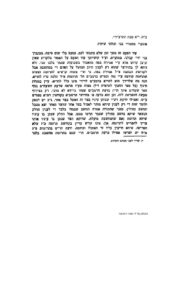
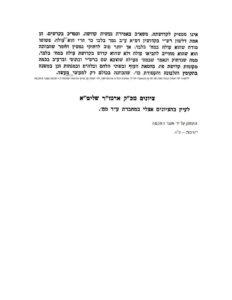
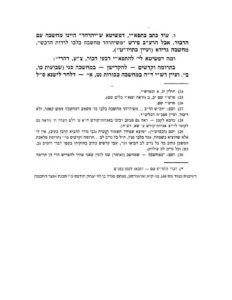
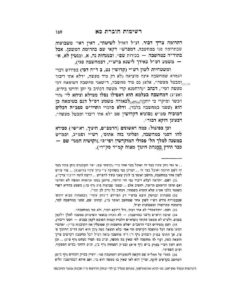
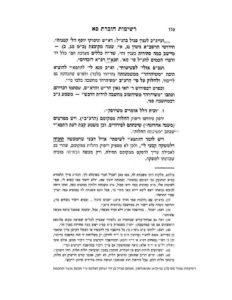

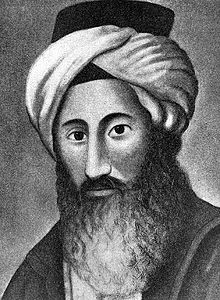
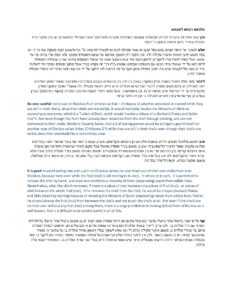






 Playing ball in a Reshus Horabim is thus permitted only because it is obviously enjoyed by the players.
Playing ball in a Reshus Horabim is thus permitted only because it is obviously enjoyed by the players.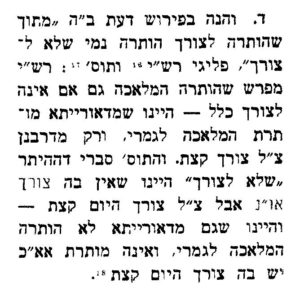

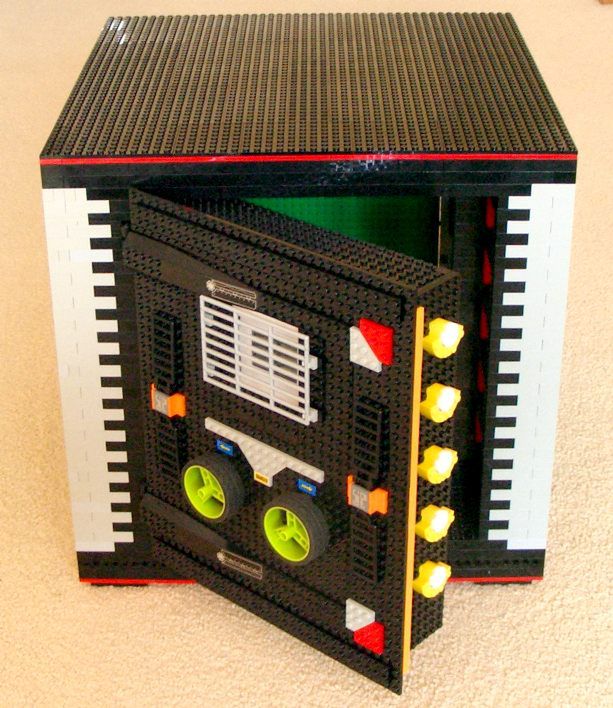

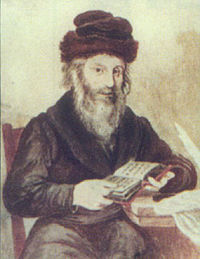

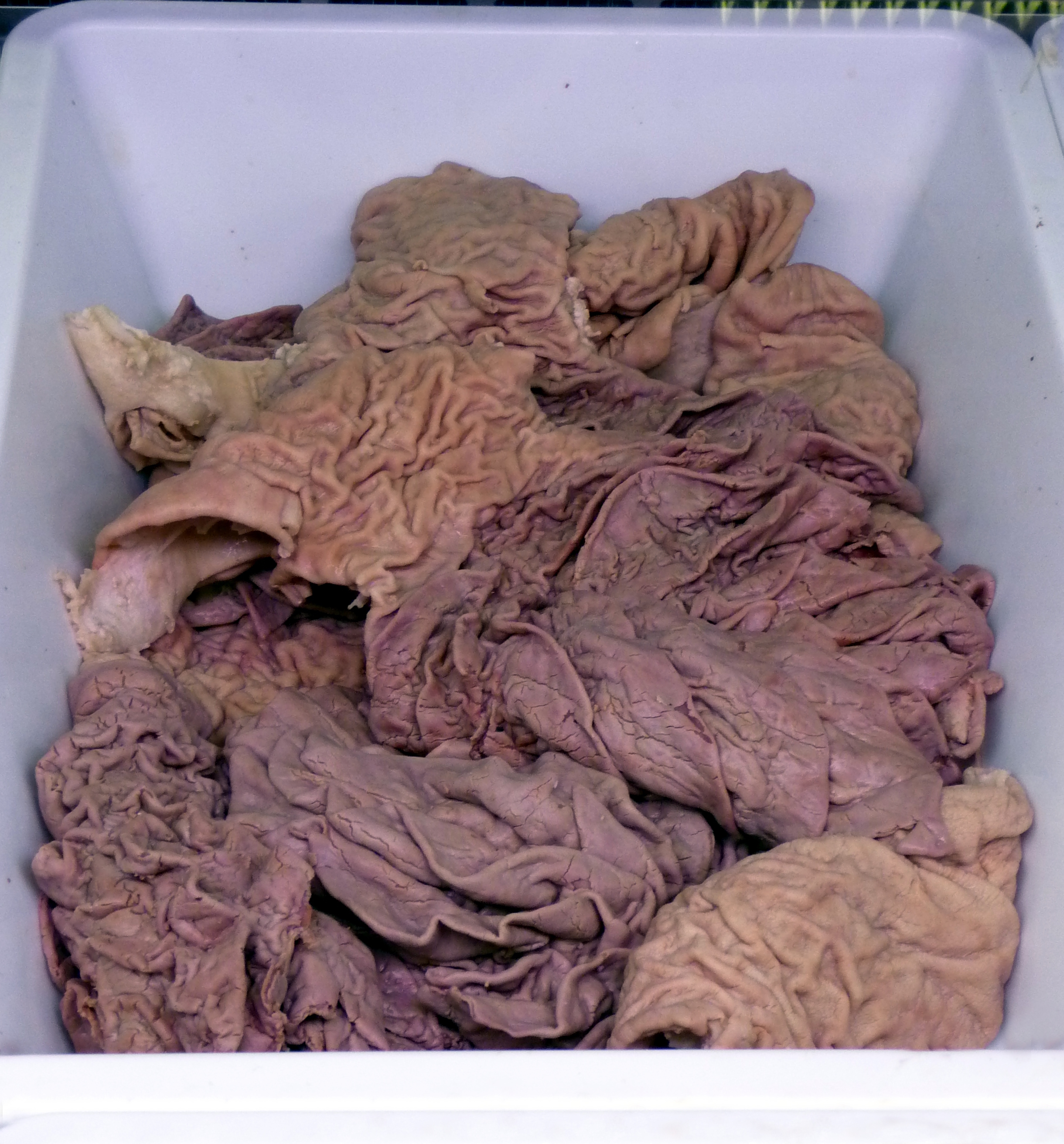
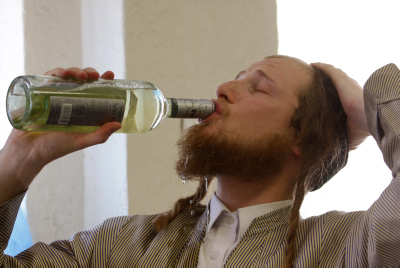

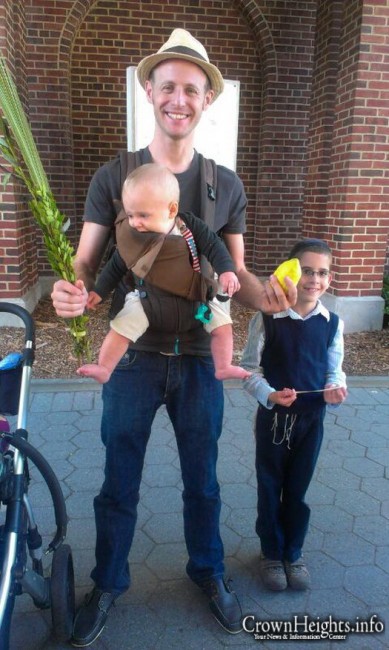

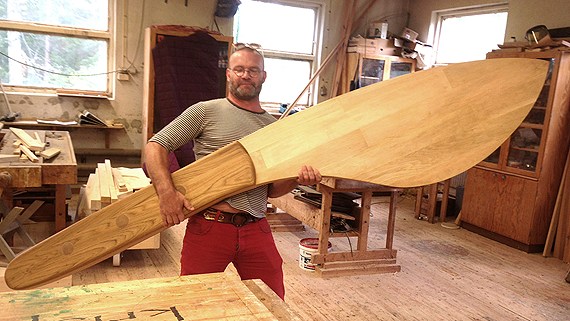
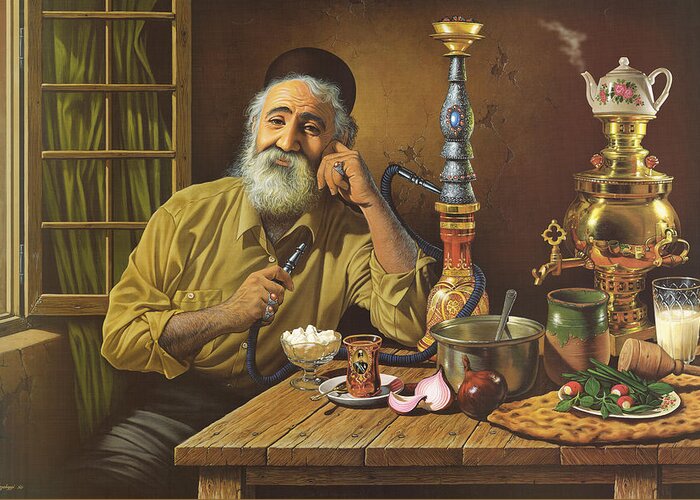

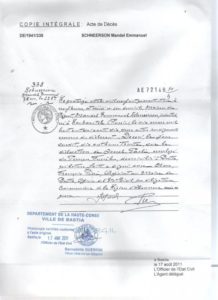
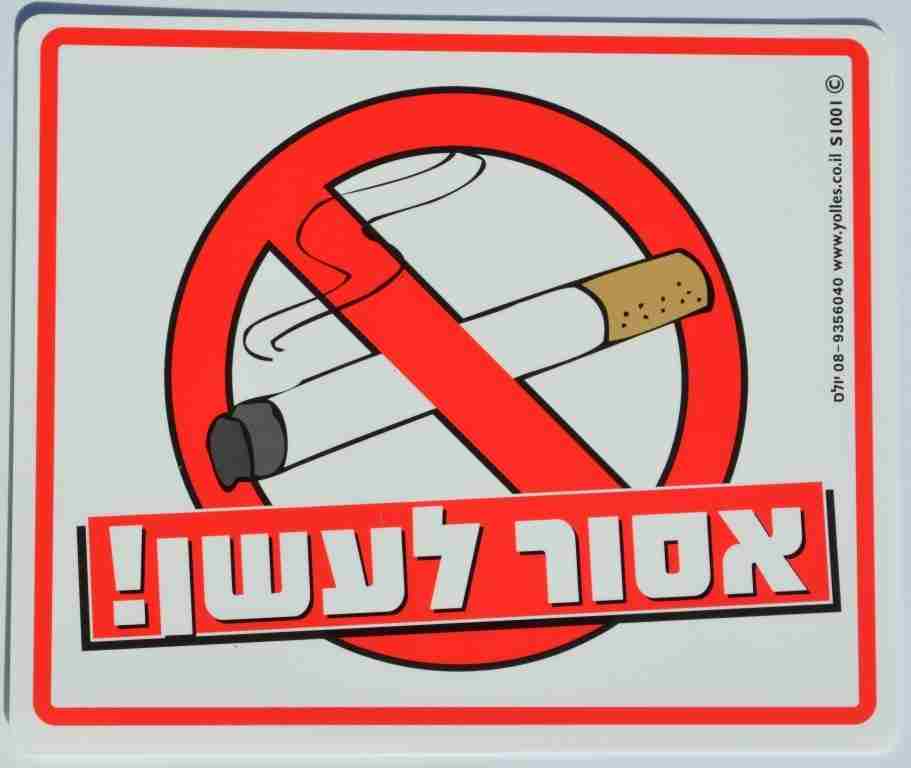
 ‘Aron‘ was hidden under the Beis Hamikdash we therefore have 2 ‘Kodesh haKodoshims’. One above ground as the place for ‘Aron‘ during the time of peace and one underground for the ‘Aron‘ to be hidden during the period of strife.
‘Aron‘ was hidden under the Beis Hamikdash we therefore have 2 ‘Kodesh haKodoshims’. One above ground as the place for ‘Aron‘ during the time of peace and one underground for the ‘Aron‘ to be hidden during the period of strife.